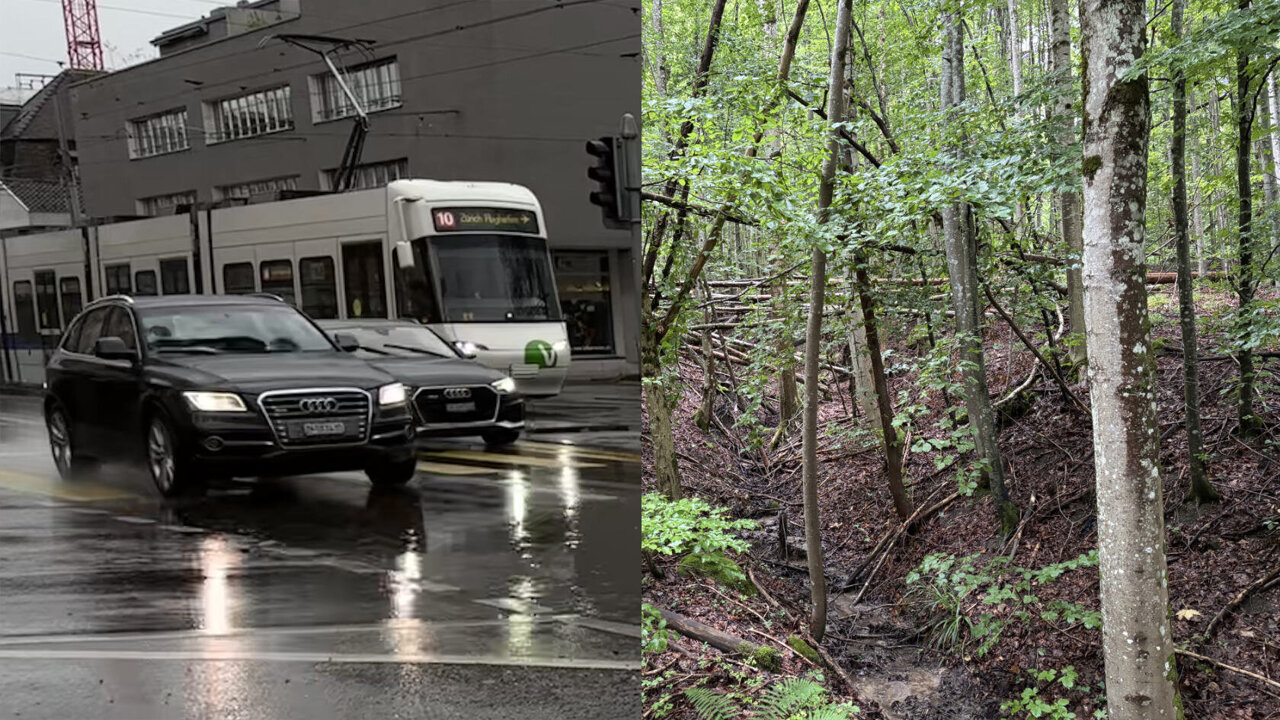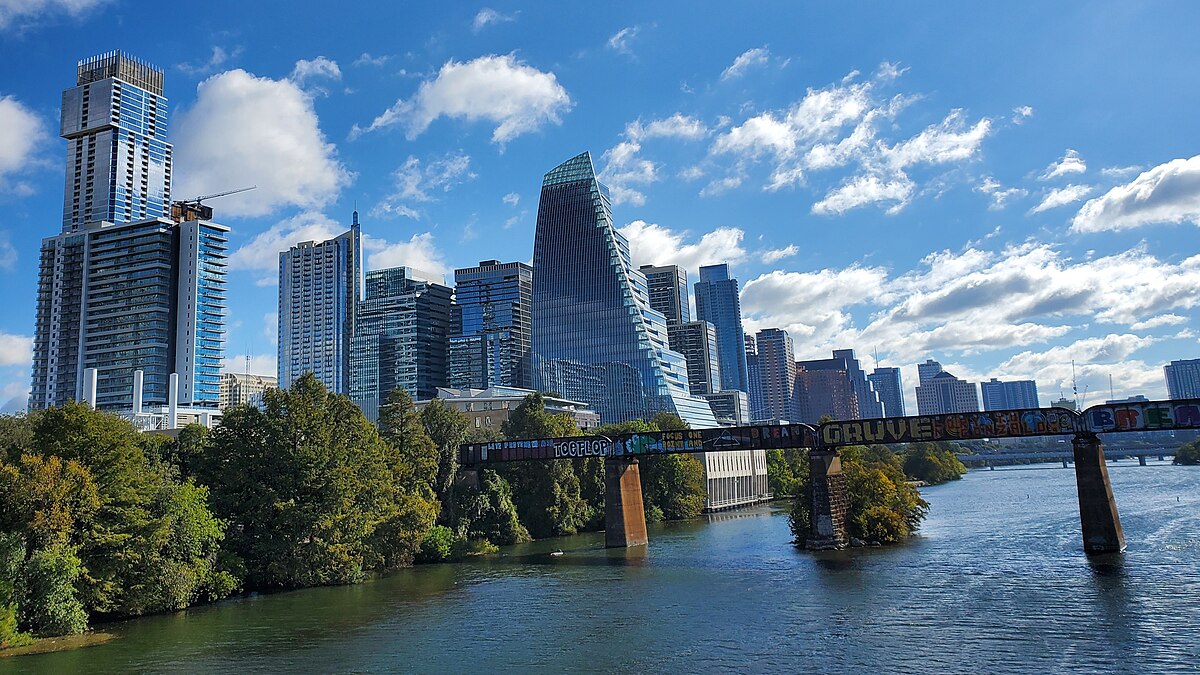Diane Keaton's 13 Secret Healthy Habits for a Long, Vibrant Life
This weekend, Hollywood lost one of its most whimsical women. Diane Keaton, the Oscar-winning actress who made an art form of sweater weather, menswear, and fun that radiated warmth, died October 11, 2025, at age 79. The cause of Keaton’s death was not announced, but a source shared that the actress had kept her sense of humor and closeness to her friends “right up until the end.”
Born Diane Hall on January 5, 1946, in Los Angeles, Keaton started life in a corrugated metal Quonset hut. (She said her childhood home gave her a “lifelong appreciation for arches.”) From that unique beginning she became one of the most beloved actresses in movie history. Her career stretched more than 50 years and included an Oscar, a BAFTA, two Golden Globes, and the AFI Life Achievement Award. Her prominence was known across generations, from Annie Hall to Kay Corleone in The Godfather trilogy, and Nina Banks in Father of the Bride where she fell pregnant in her late 40s—then proved, in Something’s Gotta Give, that romance doesn’t end at 50.
A longtime friend of figures like Goldie Hawn, Jane Fonda, Al Pacino, Jack Nicholson and Steve Martin, in her fifties she adopted daughter Dexter and son Duke. “Motherhood was not an urge I couldn’t resist,” sources have quoted her as having told Ladies Home Journal. “It was more like a thought I’d been thinking for a very long time. So I plunged in.” That’s not to mention her work as a photographer, a memoirist, and someone who renovated so many houses it’s no wonder Nancy Meyers sets made her look right at home.
How did Diane Keaton make 79 years look so good? Read on to discover the 13 habits that kept her lively.

She woke up every day at 6 a.m.
Before getting up before dawn was a social media trend, Keaton was already up and at it. “I get up early, around 6 a.m., in the remarkable, wonderful mess of life,” she said in a 2022 interview with WSJ Magazine. While the rest of us hit snooze, she was already enjoying the peaceful morning hours—with “plain old black coffee.”
Early birds really may be healthier. A University of Toronto study published in the journal Emotion found that morning people reported greater levels of happiness and positive emotion than night owls, regardless of age. Recent research also found many people regard morning as the most positive window of the day, before the rush of the world kicks in.
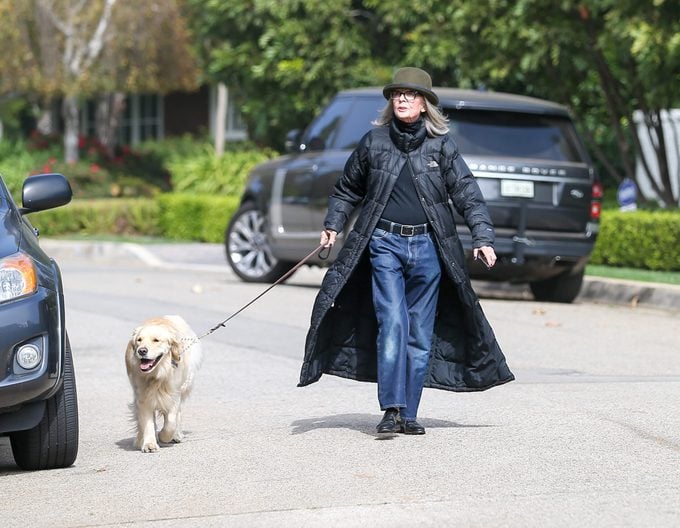
She walked her dog every morning
Each day started with a walk with Keaton’s golden retriever, Reggie. “I take the dog, who sleeps with me on top of my bed … on a walk in the darkness,” she told the Wall Street Journal. “We walk around the neighborhood; we really enjoy that.” (Reggie was with Keaton to the end and is featured in her very last Instagram post.)
Dog owners who regularly walk their dogs have lower rates of obesity, fewer chronic health conditions, and fewer doctor visits, according to a study published in the Journal of Physical Activity and Health. Also, don’t discount the feel-good power of a good pet snuggle.
For 30 years, she ate a vegetarian diet
Keaton went vegetarian around 1995 and never looked back. “I’m a vegetarian now. I don’t eat meat or fish. I eat eggs and cheese,” she told the Chicago Sun-Times. “And I do watch what I eat.”
You don’t have to go full vegetarian to be healthy, as just adding a few servings of veggies a day can give you a health boost. Harvard Health reports that vegetarians typically have lower cholesterol, lower blood pressure, and a lower body mass index—all associated with longevity and reduced risk of chronic diseases. Some research has shown that vegetarians are 25% less likely to die of heart disease.
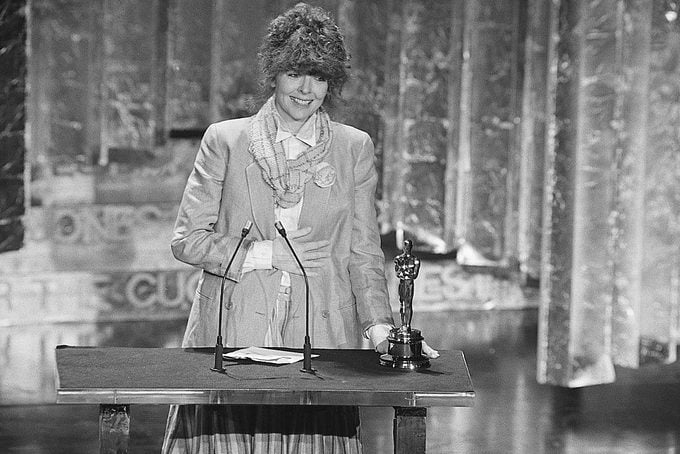
She adored nuts
Keaton had strong opinions about snacks. In the Wall Street Journal interview, she revealed she kept “a variety of jars of nuts on hand.” In an Instagram video she added, “Almonds are my favorite nut in the world. It’s salty and there’s nothing like it.”
When healthy eating becomes automatic, you know you’re doing something right. Almonds and walnuts are a great choice—packed with vitamin E and omega-3 fatty acids, which support heart and brain health. Harvard research notes nuts help regulate blood sugar and contain antioxidants, fiber, and minerals that can protect against heart disease.
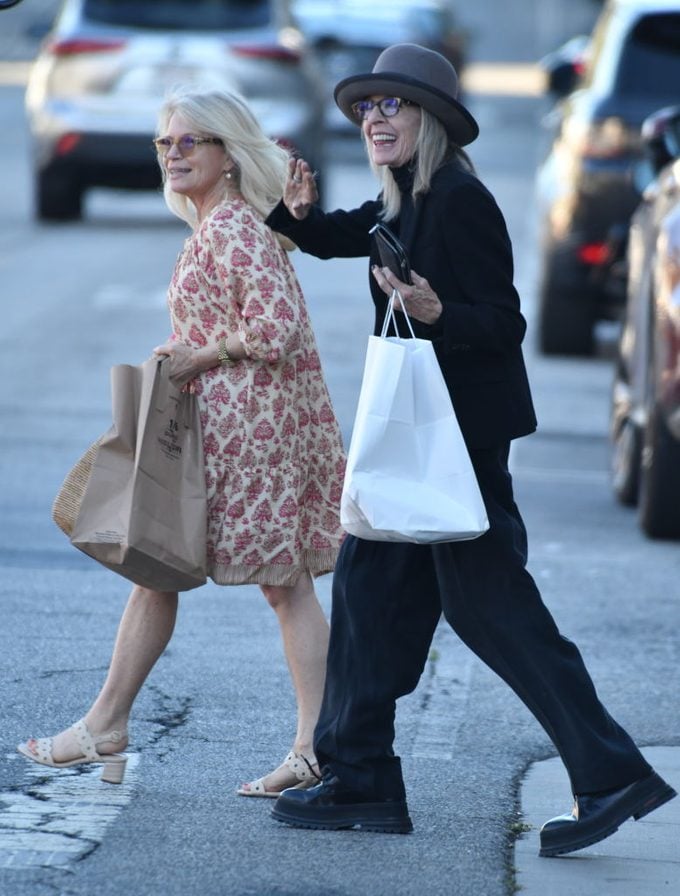
She exercised every day (but it never involved running)
She knew the power of a good endorphin rush so even when she was working on a film set, she made time to exercise every day. No excuses, no “I’ll do it tomorrow.” She was also honest about what worked for her. “I walk. I get on the treadmill,” she told the Chicago Sun-Times. “And I’ll walk really fast to break a sweat. One thing is for sure—I don’t run. It’s too hard. But the fast walking does give me a lot of energy to face the day.”
Experts agree: Walking fast provides great cardio…while generally being gentler on knees than a run. Consistency matters more than intensity—daily exercise has so many benefits we can’t even list them all here, but to name a few: it reduces the risk of heart disease, stroke, type 2 diabetes, and certain cancers. Brisk walking provides cardiovascular benefits similar to running but with much less stress on joints and lower injury risk.
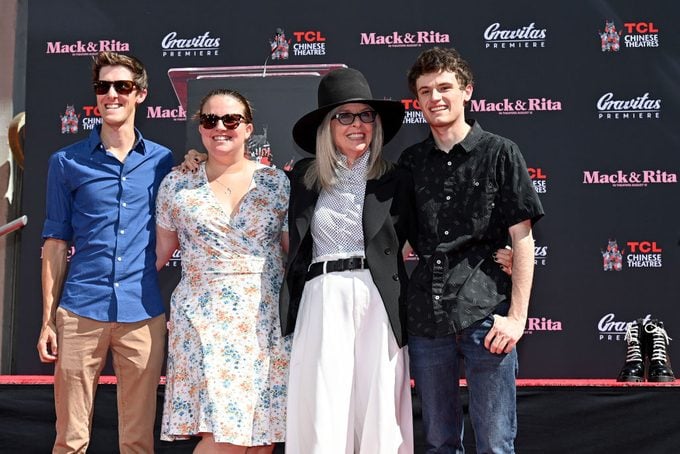
She mixed up her workouts with spin classes
Even into her late sixties, Keaton was taking spin classes. “I do take spin classes with my daughter Dexter,” she said in the Chicago Sun-Times interview. “It’s rough. But at least I’m there. I’m sweating. I think the key here is that you don’t have to be like everybody else. Just do it. Do it the best you can do it.” She added, “I know in spin class that for 45 minutes, I’m using my body to its fullest. And that’s big.”
Big, it is. High-intensity interval training, like spinning, can build cardiovascular endurance, strengthen muscles, and burn serious calories. Plus, exercising with family members creates accountability and strengthens relationships. (Nothing says “bonding” like exchanging a look on the hill climb.)
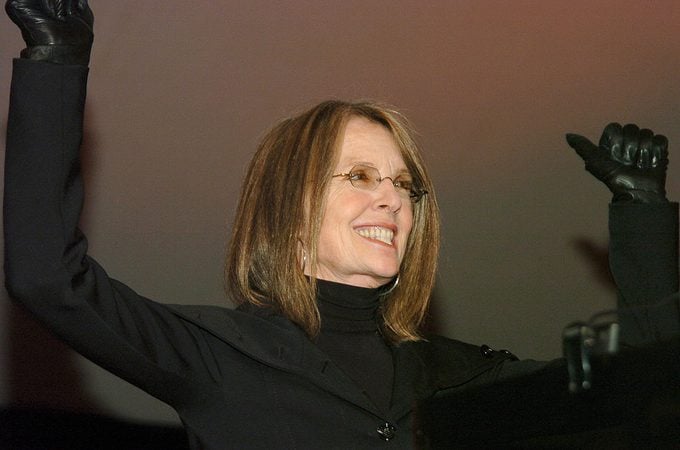
She also stretched and strength-trained
Keaton understood that strength training and mobility become even more important as you get older. She added yoga and Pilates, working on strength, flexibility and range of motion. These practices improve balance (reducing fall risk), maintain mobility, and help prevent the chronic back pain that plagues so many people as they get older.
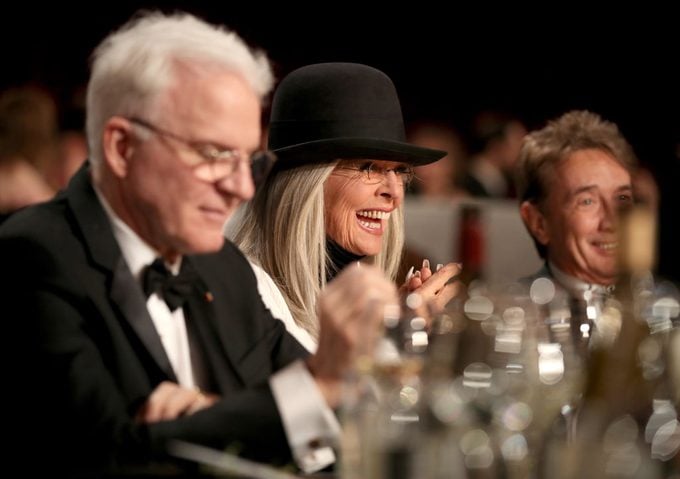
She had a surprising relationship with music
In the candid Wall Street Journal interview, Keaton revealed an unusual habit: she rarely listened to music—she explained: “I don’t play it very often. I don’t want it around … it reminds me of things that make me sad or [that I] miss.” Namely, she shared, her mother. “It takes you back to moments in time and people that meant more than anything,” she said, adding that she’d only use it strategically when acting to help herself cry for a scene.
This wasn’t about avoiding emotions—it was about managing them. Keaton understood her own triggers and set boundaries to protect her mental health. Knowing your emotional triggers and setting healthy boundaries is a form of self-care. While music can be therapeutic for many, recognizing what works (or doesn’t work) for your own mental health and acting accordingly shows emotional intelligence and self-awareness—both key components of psychological well-being.
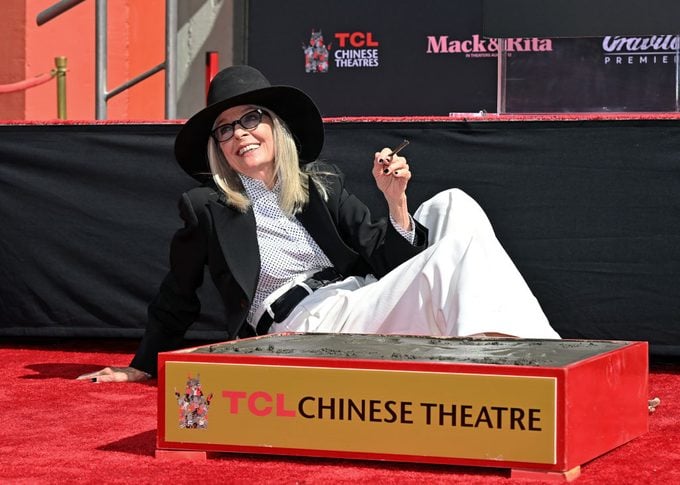
She loved being outdoors
According to Keaton’s Instagram, she embraced the California hills and hiked regularly, proving that exercise doesn’t have to happen in a gym.
Getting outdoors provides the added benefit of exposure to nature, which has incredible health benefits. In fact, it’s so powerful that the Japanese swear by “shinrin-yoku” or “forest bathing” as a type of medicine. A 2022 study published in Environmental Health and Preventative Medicine, found that being outdoors reduces cortisol (the stress hormone), lowers blood pressure, boosts immune function, promotes better sleep, improves cognitive function, and lifts mood.
She always wore sunscreen
That said, after two skin cancer scares—one at 21 and one later in life—Keaton became religious about sun protection. “Thanks to those basal- and squamous-cell skin cancers, I never skip sunscreen; a broad-spectrum SPF 30 is in my pocket every day,” she said in a 2024 interview with AARP.
This was wise. Skin cancer is the most common cancer in the U.S., according to the U.S. Centers of Disease Control and Prevention (CDC)...but it’s also one of the most preventable. Daily sunscreen use significantly reduces your risk of both melanoma and non-melanoma skin cancers. And SPF 30, like she used, blocks about 97% of UVB rays, according to Northwestern Medicine.

She treated herself
Keaton didn’t deprive herself. In a 2022 Instagram video tour of her pantry, she showed off her snack collection, saying, “I enjoy a raisin. Raisins are good for you and they smell great.” She also revealed her favorite candy: Chimes Toasted Coconut Hard Toffee.
She also liked to relax with a glass of wine. In the same Instagram video, she points out a bottle of wine, saying, “There’s a little bit of wine that I’m familiar with.” She also launched her own wine brand, The Keaton, in 2015—and in an X post said, “Don’t forget the ice. Cheers.”
Research, such as noted by Inc., shows that people who allow themselves small, planned indulgences are more likely to stick with healthy eating long-term. The key word is “small”—a few toffees, not the whole bag.
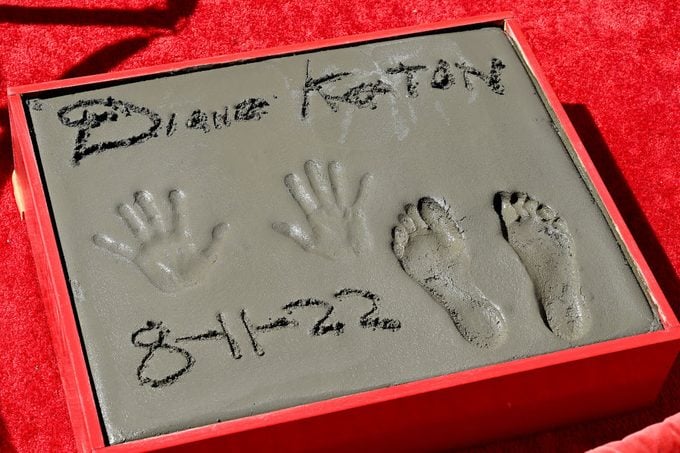
She focused outward, not inward
This might be the most important healthy habit Keaton practiced. In the AARP interview she said, “The overall trick is to stay curious, energized and engaged, and to let go of your concerns as much as possible. You want to look outward more, instead of inward so much. Oh, and never look back!” She also advised: “Distract yourself. Have a busy, full life and stop looking in the mirror all the time!”
Translation: Stop obsessing over yourself. Get interested in the world. Do stuff. Make things. Talk to people. Live.
It’s not just about positive vibes, the Harvard Longevity Study—a nearly 100-year research project—found that having a positive outlook, strong social connections and engagement with the world live longer and have better mental health. These are a bigger predictor of how long you will live than social class, IQ, or even genetics. Self-obsession and rumination, on the other hand, are linked to anxiety and depression. Looking outward can help you feel healthier and happier.
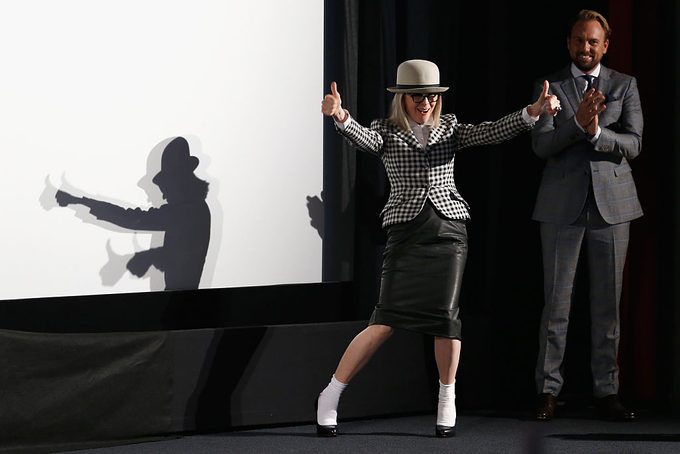
She embraced aging like a boss
When asked about getting older, Keaton previously shared: “Bottom line: I think healthy aging is something you take on with a modicum of grace.” She got real about what matters: “I’m at an age where the real goal is to be the best person you can be. That’s something that starts in your brain. It’s the real challenge of life.” Instead of the Photoshop and drastic procedures we so often see in Hollywood, she handled aging with grace, acceptance, and showing up as her best self.
This can help you, too. Research published in the Journal of Personality and Social Psychology found that people with positive attitudes about aging live an average of 7.5 years longer than those with negative views. Accepting aging as a natural process—rather than something to fight—reduces stress and improves both mental and physical health outcomes.
